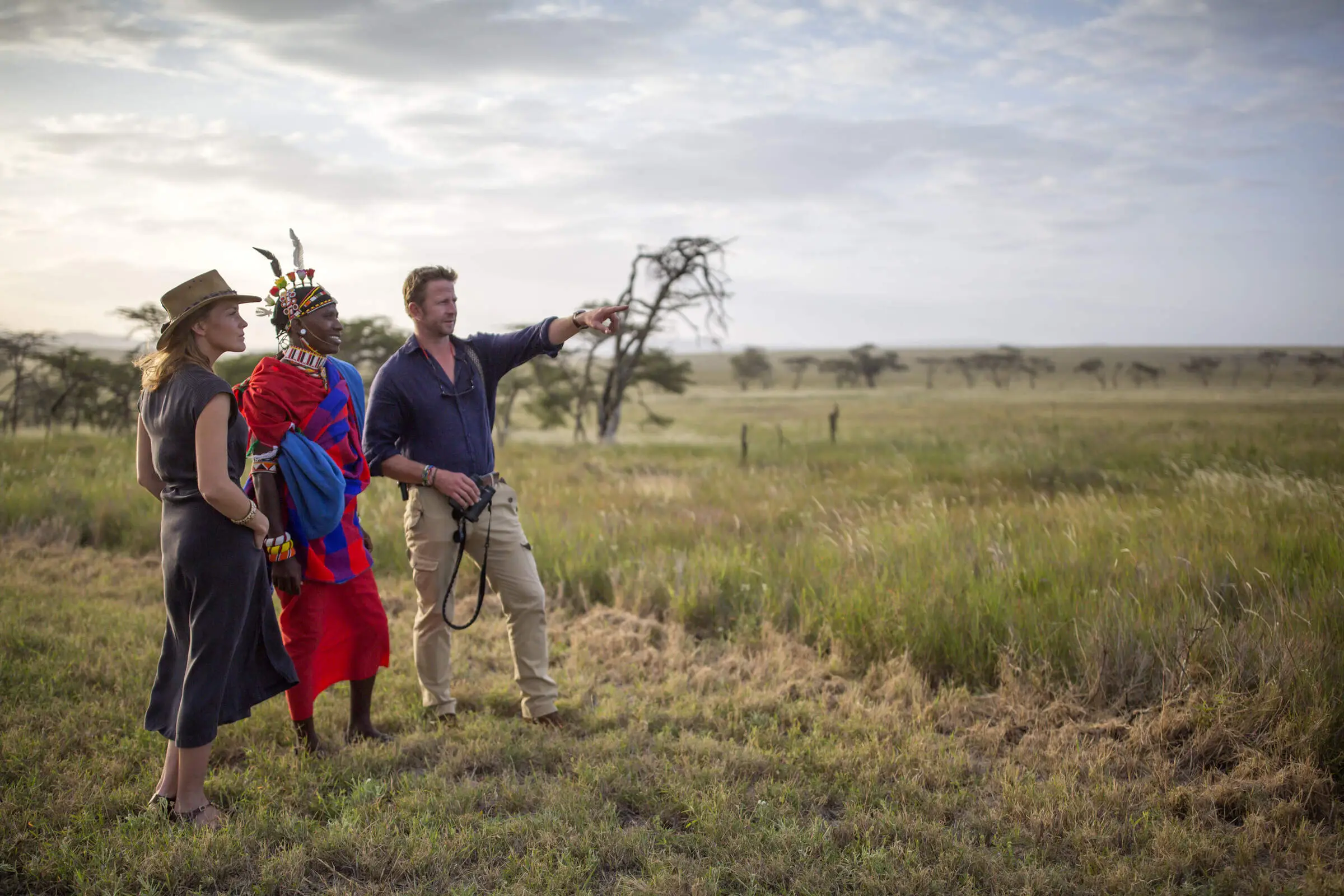

Yes, beginners can climb Kilimanjaro. You don't need to know the technicalities of the climb to accomplish the journey. You just need to be able to walk for several hours a day and have an innate desire to make it to the top. Choosing a well–equipped crew and the right route are two more things that can guarantee summit success.
Our Guided Kilimanjaro Climbing Tours are made to assist even first-timers succeed. We have expert guides, well-planned itineraries, and acclimatisation days to help you deal with the problems of being at a high altitude.
The Best Time to climb Kilimanjaro is during the two dry seasons, which run from January to early March and from June to October. The trails are better, the skies are clearer, and the chances of reaching the top are higher during these months.
In the rainy months (April–May and November), the pathways can be treacherous, and the sights might be hard to see. Plan your climb during one of the dry times for maximum visibility and safety. This will make the trip more fun.
To deal with Kilimanjaro's dramatic weather variations, you'll need particular clothes and gear. You need warm layers, waterproof coats, a sleeping bag that can handle -20°C, trekking poles, and good hiking boots.
Our Kilimanjaro Gear List has everything you need, like clothes, headlamps, gloves, and duffels. Don't forget to bring sunscreen with a high SPF and a way to stay hydrated. A well-packed gear list can make the difference between being comfortable and having a hard time at 5,000 meters or higher.
Depending on the route, the number of days, and the level of service, the Kilimanjaro Climbing Cost can be very different. Budget Tours cost about $1,800, but luxury climbs can cost more than $5,000.
Park fees, guides, porters, meals, camping gear and transportation are normally included in the price. Be careful with very cheap operators; they can skimp on safety, personnel welfare, or food quality.
It’s better to choose a mid-range to luxury tour operator that delivers both value and safety for a balanced experience.
There are seven routes to climb Kilimanjaro. We think the 7-days Lemosho, 7-days Machame are the best routes for Kilimanjaro Climbing Tours. These routes provide the ideal mix of a high success rate and stunning views.
The Rongai Route is the only route that goes north to Kilimanjaro, close to the border with Kenya. There are fewer people on this road than on the southern ones, and it is drier and more secluded. You might see more animals early on and have quieter campgrounds.
This route is best during the wet season because it gets less rain. Because it has a moderate slope, it's a wonderful choice for climbers who want to be alone and get used to the altitude.
Kilimanjaro Altitude Sickness is the most serious difficulty that hikers confront. As you ascend higher, your body receives less oxygen, which can cause headaches, nausea, dizziness, and worse.
To limit your risk, use longer routes like Lemosho or Machame, ascend gently, remain hydrated, and take acclimatisation days carefully.
Your guides will check oxygen levels every day. If symptoms intensify, descent is the only safe option; never disregard danger indicators.
Kilimanjaro Porters are the foundation of any successful expedition. They carry your tents, sleeping gear, food and the majority of your luggage, allowing you to focus on the hike.
Most porters carry 15-20kg and frequently set up camp before your arrival. It's critical to select an ethical tour operator that treats and compensates porters decently.
Tipping them is common and a simple tribute for the important job they do.
The Marangu Route is the only one with hut accommodations, making it excellent for beginners or those who do not want to camp. It's known as the "Coca-Cola Route" because of its popularity and relative ease.
The 5- to 6-day trip is the shortest route to the peak, but with less time for acclimatisation, it is slightly riskier in terms of altitude sickness. Still, it's an excellent choice if you prefer dormitory-style accommodations versus tents.
Yes, premium and mid-range operators like Bestday Safaris provide Private Toilet Tents on Kilimanjaro, which are a more sanitary and comfortable alternative to public camping toilets.
These portable flush toilets are installed at each campsite and cleaned daily by a trained worker.
While it is an optional extra, it is strongly advised, especially for women or families, to ensure hygiene, privacy, and peace of mind throughout the ascent.

It is a long established fact that a reader will be distracted by the readable content of a page when
We use equipment of international standards & our guides are trained in First aid & personal protection equipment
We use equipment of international standards & our guides are trained in First aid & personal protection equipment
We use equipment of international standards & our guides are trained in First aid & personal protection equipment
It's exciting to climb Kilimanjaro, but it's even more fun when you're ready. There are plans, training tips, packing lists, safety tips, and more here for you to find all the trip guides you need. Before your trip, click on each of the guides below to learn more.
Whether you are ready for Tanzania Safari Dream or Kilimanjaro Adventure or Beach Relaxation for a few days or a few weeks long, our experts will create an itinerary from scratch, fully tailored to your wishes. Want to visit a beautiful destination or start an adventure to reach the top, or relax in a paradise, we will make it happen.